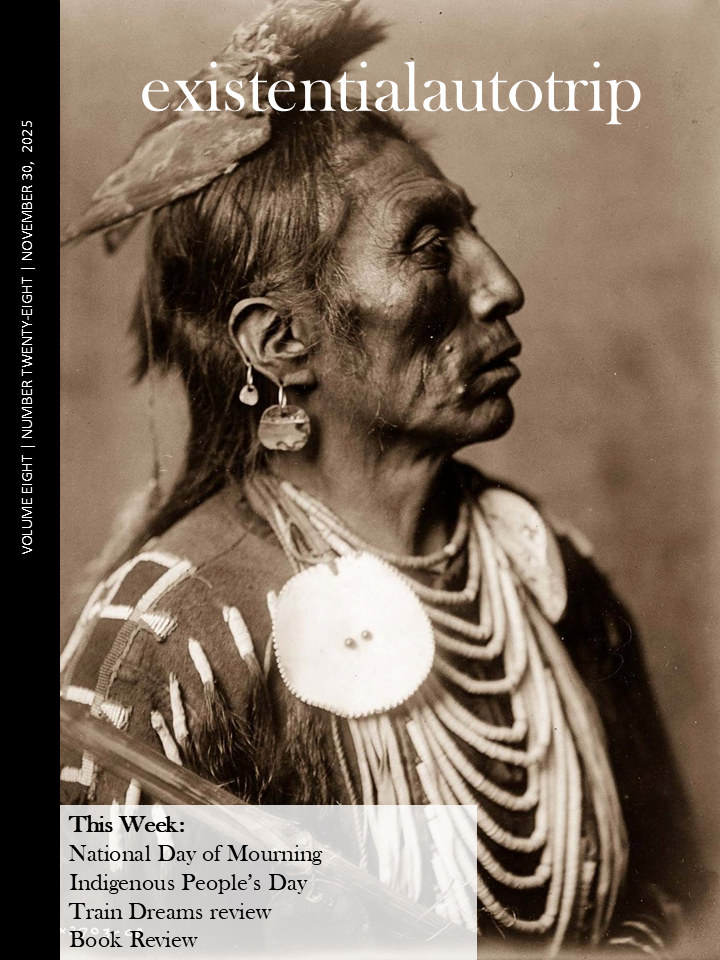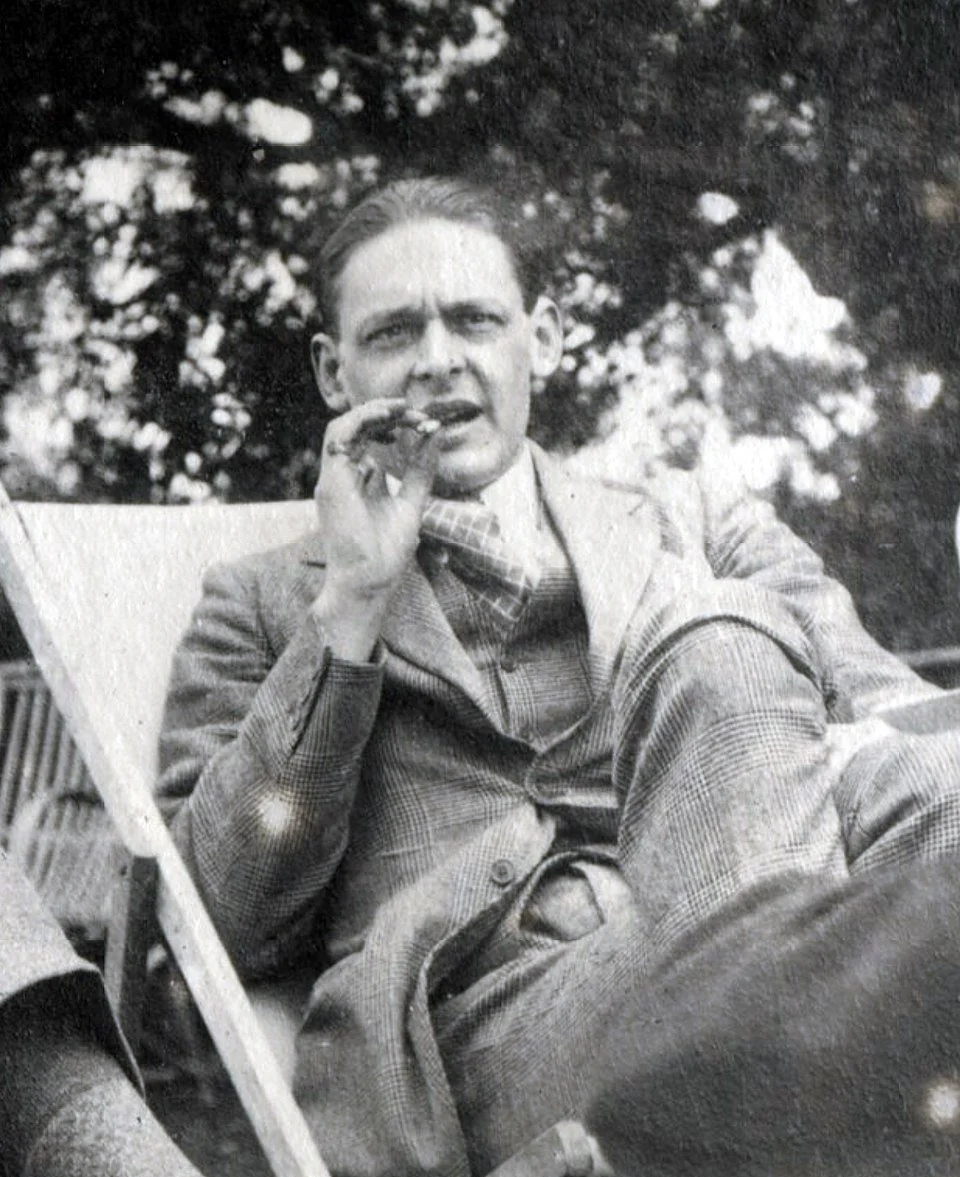______________________________________
Tucker’s Cover
November 30, 2025
National Day of Mourning
# 1741
The Malaspina Expedition (1789–1794) was a five-year Spanish scientific and political voyage led by Alessandro Malaspina, aimed at surveying Spain’s global empire and rival colonial powers. Though it rivaled the voyages of Cook and La Pérouse in scope, it was largely forgotten due to political fallout.
🌊 Overview of the Malaspina Expedition
Leader: Alessandro Malaspina, an Italian nobleman and naval officer in the Spanish navy
Co-commander: José de Bustamante y Guerra
Ships: Descubierta (“Discovery”) and Atrevida (“Daring”)
Duration: 1789–1794
Mission: To conduct scientific research and assess the political and economic health of Spain’s overseas territories
🧭 Goals and Scope
Scientific Exploration: Inspired by Enlightenment ideals, the expedition aimed to chart coastlines, measure gravity, collect botanical and zoological specimens, and document Indigenous cultures.
Imperial Assessment: Malaspina was tasked with evaluating the strength and sustainability of Spain’s colonies, especially in the Americas and Pacific.
Geopolitical Surveillance: Spain was concerned about British and Russian expansion, particularly in the Pacific Northwest.
🌍 Key Destinations
South America: Argentina, Chile, Peru
Pacific Northwest: Explored the Strait of Juan de Fuca and the Columbia River
Alaska: Surveyed Spanish claims near Nootka Sound
Asia-Pacific: Philippines, Australia, New Zealand, Tonga
Return via Cape Horn: Completed a global circumnavigation
🎨 Scientific and Cultural Legacy
The expedition included artists, ethnographers, and naturalists who documented flora, fauna, and Indigenous peoples.
It produced hydrographic charts, ethnographic records, and natural history collections that rivaled those of Captain Cook.
However, most findings were suppressed after Malaspina was imprisoned for allegedly plotting against the Spanish crown.
🕯️ Aftermath and Rediscovery
Malaspina was jailed in 1796 and exiled to Italy, where he died in 1810.
His reports were buried in Spanish archives and remained unpublished for nearly a century.
Today, the expedition is recognized as one of the most ambitious and sophisticated scientific voyages of the Enlightenment.
Alessandro
__________________________
From Dom’s Porch
Indigenous people of America celebrate both a National Day of Mourning and Indigenous Peoples’ Day.
The National Day of Mourning, held every Thanksgiving Day, takes place on Cole’s Hill in Plymouth, Massachusetts, and includes a protest and a remembrance of native American ancestors. Founded in 1970 by Frank “Wamsutta” James (Aquinnah Wampanoag) and organized by the United American Indians of New England (UAINE), the remembrance honors Native ancestors, challenges the mythologized history of the Pilgrims and Thanksgiving, raises awareness of Indigenous struggles, and protests racism and oppression.
Its first appearance was in 1970, when Frank James was invited to speak at a state Thanksgiving event (350th anniversary of the Mayflower). The speech criticized the Pilgrims for grave robbing and colonial violence and was censored. Instead, he delivered it on Cole’s Hill, near a statue of Ousamequin, a Wampanoag leader.
Today’s observance includes speeches, marches, and moments of silence. Participants wear black and carry signs honoring Native resistance. It coincides with Unthanksgiving Day on Alcatraz Island, another Indigenous-led protest.
Indigenous Peoples’ Day is advocated by Indigenous people and allies as a replacement for Columbus Day. IPD honors the histories, cultures, and resilience of Native peoples across the Americas. It was first adopted in 1992 in Berkeley, California on the 500th anniversary of Columbus’s arrival in the Americas to recognize the survival, contributions, and sovereignty of Indigenous communities, challenging the
glorification of colonial conquest associated with Columbus Day.
Today’s celebrations include cultural festivals, educational events, ceremonies, and land acknowledgments, and protests and calls for justice.
We at existentialautotrip applaud the efforts of indigenous People of America to celebrate and to educate. We offer some thoughts.
Indigenous Peoples Day should be moved to the day after Thanksgiving. For one, it would avoid interference with Columbus Day, a day already set aside as a national holiday loved particularly by those of Italian descent. Two, it would give our country its first four-day holiday weekend. Third, there is a poetic affinity between Thanksgiving, a celebration of the bravery of the early colonists, and Indigenous People’s Day, a celebration of those who came before.
Let’s choose a path that edifies all Americans.
11 23 2025 portrait-of-an-indian-from-patagonia-drawing-made-during-the-expedition-of-alessandro-malaspina-in-south-america-c-1791-jos-del-pozo.jpg
Thoughts from the Porch
This is the way the world ends.
The world being my legs, in pain for the last four years.
And me investigating all ideas for the cure.
And after the numberless investigations my efforts for a cure devolved onto a most simple answer: a massage.
I went for a massage of my legs and, Eureka! The pain is gone. So simple.
This is the way the world ends.
This is the way the world ends.
Not with a bang but a whimper.
TS Eliot: The Hollow Men
T. S. Eliot, photographed one Sunday afternoon in 1923 by Lady Ottoline Morrell
Lady Ottoline Morrell - one or more third parties have made copyright claims against Wikimedia Commons in relation to the work from which this is sourced or a purely mechanical reproduction thereof. This may be due to recognition of the "sweat of the brow" doctrine, allowing works to be eligible for protection through skill and labour, and not purely by originality as is the case in the United States (where this website is hosted). These claims may or may not be valid in all jurisdictions. As such, use of this image in the jurisdiction of the claimant or other countries may be regarded as copyright infringement. Please see Commons:When to use the PD-Art tag for more information.
_____________
Tucker’s Corner
Train Dreams
Clint Bentley’s magnificent “Train Dreams” is a film of echoes. In its generation-spanning drama, life & death intertwine in the duality of the symbol of the train, something that represents both progress and destruction. The railroad tracks that expanded their way across the United States in the 20th century both made the world smaller by connecting people and altered the landscape by cutting down trees that had been there for centuries to do so. Working from a novella by Denis Johnson, Bentley and co-writer Greg Kwedar (“Sing Sing”) tell a story of an ordinary life in an extraordinary way, a man who believed his existence was shackled by guilt and trauma. A birth-to-death character study, “Train Dreams” is a meditation on the beauty of everyone and everything, how we are connected to both the earth and those who walked it before us.
Joel Edgerton does the best work of his remarkable career to date as Robert Grainier, a stoic man who marvels at the changing landscape in his work as a train laborer, someone who cuts down trees, pounds tracks into the ground, and even helps build bridges, often away from home for months at a time. Much of his story is told via narration by the wonderful Will Patton, whose voice is something both soothing and powerful at the same time. He speaks for the often-silent Robert, telling us about formative encounters on the job, including a key moment when a Chinese immigrant was murdered. Robert considers for the rest of his life if his inaction at that moment led to the tragedies that would befall him.
These opening scenes play like memories, both dreamlike and tactile. You can smell the fire keeping the workers warm and feel the moisture in the air as Patton’s narrator tells us of men that Robert met on the tracks, including a murdered charlatan and an explosives expert played by William H. Macy, who makes a meal out of a snack of a character, giving this guy decades of lived-in three-dimensionality in just a few short scenes. It’s an incredibly short performance but also somehow one of Macy’s best, formative to the film in that it helps ground it right when it could become too shapeless.
On one of his breaks from the tracks, Robert meets Gladys (Felicity Jones) and falls deeply in love. The early scenes with them recall the beauty of the Malick that feels like the biggest inspiration here, “Days of Heaven,” two figures against the backdrop of magic hour, imagining the shared life ahead of them in a world of overwhelming beauty. A scene in which they map out with rocks the house they plan to build on a riverside is a gem—two young people with everything ahead of them. They end up building that house and having a daughter before unspeakable tragedy shatters Robert’s dreams.
Working with cinematographer Adolpho Veloso and utilizing a captivating score by the great Bryce Dessner (a member of one of my favorite bands, The National), Bentley gives his film the quality of a dream or a memory, but the reason it’s one of the best of the year is how he threads the needle between brutal reality and wistful poetry. In one of the film’s first shots, we see a pair of boots nailed to a tree, beaten there by weather and time for what looks like generations. It’s the kind of thing you spot in the woods and maybe pause to consider the story behind it. How did they get here? Whose were they? What was his story? It’s both lyrical and mundane at the same time, a worker’s product given a sort of mythical grace, another duality that weaves its way through the entire film. Life is ordinary; life is beautiful.
Bentley also proves himself a deft director of performers. A lot of filmmakers don’t know how to balance acting within a piece that’s this aggressively reaching for poetry, often allowing character to take a back seat as it gets lost in pretentious imagery, but Bentley guides his ensemble to play the reality of their characters instead of the artistry of the overall project. This is no better exemplified than in Edgerton’s subtle work. Playing a guy who watches more than speaks can be difficult as actors often rely on dialogue instead of listening to define their characters, but we come to know Robert through Edgerton’s eyes and body language, amplified by how Patton delicately conveys his inner monologue through some of the best narration ever. Voiceover is often a crutch for a writer-director but the way Bentley deploys Patton’s work here is transcendent, like we’re listening to a great storyteller. It plays into that overall theme again: We all have a great story to tell. May we all have someone as eloquent to tell it.
Again, it’s a story of balance. This world can be both magnificent and soul-crushing, even at the same time. We carry our pain and our joy in equal measure, both defining us. There’s an amazing line in “Train Dreams” spoken by someone who meets Robert late in life, played by Kerry Condon: “The dead tree is as important as the living one.” We are connected to each other and the earth like train tracks across the heartland, moving us forward while leaving marks that take generations to fade away. If we’re lucky, there’s someone to tell our story. Or remember us in their own.
____________________
Chuckles and Thoughts
Bib Gourmand
Since 1997,[50] the guide has highlighted restaurants offering "exceptionally good food at moderate prices", a feature now called "Bib Gourmand". They must offer a combination of menu items priced below a maximum determined by local economic standards. For example, a Bib Gourmand restaurant in Canada must have been able to offer a two-course meal and either dessert or a glass of wine for less than 60 CAD per person in 2022.[51] Bib (Bibendum) is the company's nickname for the Michelin Man, its corporate logo for over a century.[52] Like Michelin stars, a restaurant can gain or lose a Bib Gourmand designation at Michelin's annual award ceremony for the region where it operates.[53] In exceptional circumstances, Bib Gourmand designated restaurants have gone on to receive a Michelin star in later years. Most notable is Chicago restaurant and bakery Kasama, which earned a star in 2022 after receiving a Bib Gourmand the year prior.[54]
_________________
Six Word Stories
Rain fell. She didn’t come back.
Two sentences. One setting, one absence. “Rain fell” opens the scene with atmosphere — not just weather, but mood. Rain often signals sorrow, cleansing, or waiting. It sets the stage for vulnerability.
“She didn’t come back” is the rupture. It’s not just that she’s gone — it’s that someone hoped she wouldn’t be. The sentence is final, quiet, and devastating. There’s no explanation, no drama. Just absence.
Together, the lines form a micro-story of disappointment and emotional closure. The rain may have been endured in hope — a vigil, a promise, a memory. But her non-return turns the rain from backdrop to elegy. It’s not just about her. It’s about the moment the waiting ended.
___________________
SDM Book Review
An a.i. becomes conscious and is embedded with the Bushido code of honor. Great story. Don't miss it
_____________________________________
In the Mail
This from Tommy D:
Tucker, you wrote a beautifully summary of Burn’s documentary. Bravo.
And Victor. Frankenstein is more like a romantic story!! Rita like it!
Tommy D
______________________________________
And Tucker responds:
Thank you, VERY kindly Tommy. I love having something to write about that I enjoy as much as I did this one!
________________________________________________
This from friend and bicyclist, Tim L:
Hi Dom,
I have a question: Who is "Tucker?" His piece on "The American Revolution" this week is very well written.
Just curious.
-Tim
And from Dom:
Tucker and I have been friends/business associates for about 8 years.
He hails from Microsoft, assistant mgr of the MS store in the Prudential Center until MS closed their retail business.
I am honored to publish articles in the same ezine as does Tucker.
He'll be glad to know you like his work.
And from Tucker:
Thank you so much for the kind words, Tim!
__________________________________
Last Comment
I don’t see the recent Guide Michelin award of a single star to a single Boston restaurant as a snub of the artistic endeavors of the city’s restaurant establishment. Rather, that star and the half-dozen lesser awards on their Bib Gourmand level provide a starting point for Boston restaurateurs to make improvements.
Right this way,
Bibendum[1](French pronunciation: [bibɛ̃dɔm]), commonly referred to in English as the Michelin Man[2] or Michelin Tire Man, is the official mascot of the Michelin tire company. A humanoid figure consisting of stacked white tires, it was introduced at the LyonExhibition of 1894where the Michelin brothers had a stand.[3]He is one of the world's oldest trademarksstill in active use.
!!!!!!!!!!!!!!!!!!!!!!!!!!!!!!!!!!!!!!!!!!!!!!!!!!!!!!!!!!!!!!!!!!!!!!!!!!!!!!!!!!!!!!!!!!!!!!!!!!!!!!!!!!!!!!!!!!!!!!!!!!!!!!!!!!!!!!!!!!!!!!!!!!!!!!!!!!!!!!!!!!!!!!!!!!!!!!!!!!!!!!!!!!!!!!!!!!!!!!!!!!!!!!!!!!!!!!!!!!!!!!!!!!!!!!!!!!!!!!!!!!!!!!!!!!!!!!!!!!!!!!!!!!!!!!!!!!!!!!!!!!!!!!!!!!!!!!!!!!!!!!!!!!!!!!!!!!!!!!!!!!!!!!!!!!!!!!!!!!!!!!!!!!!!!!!!!!!!!!!!!!!!!!!!














